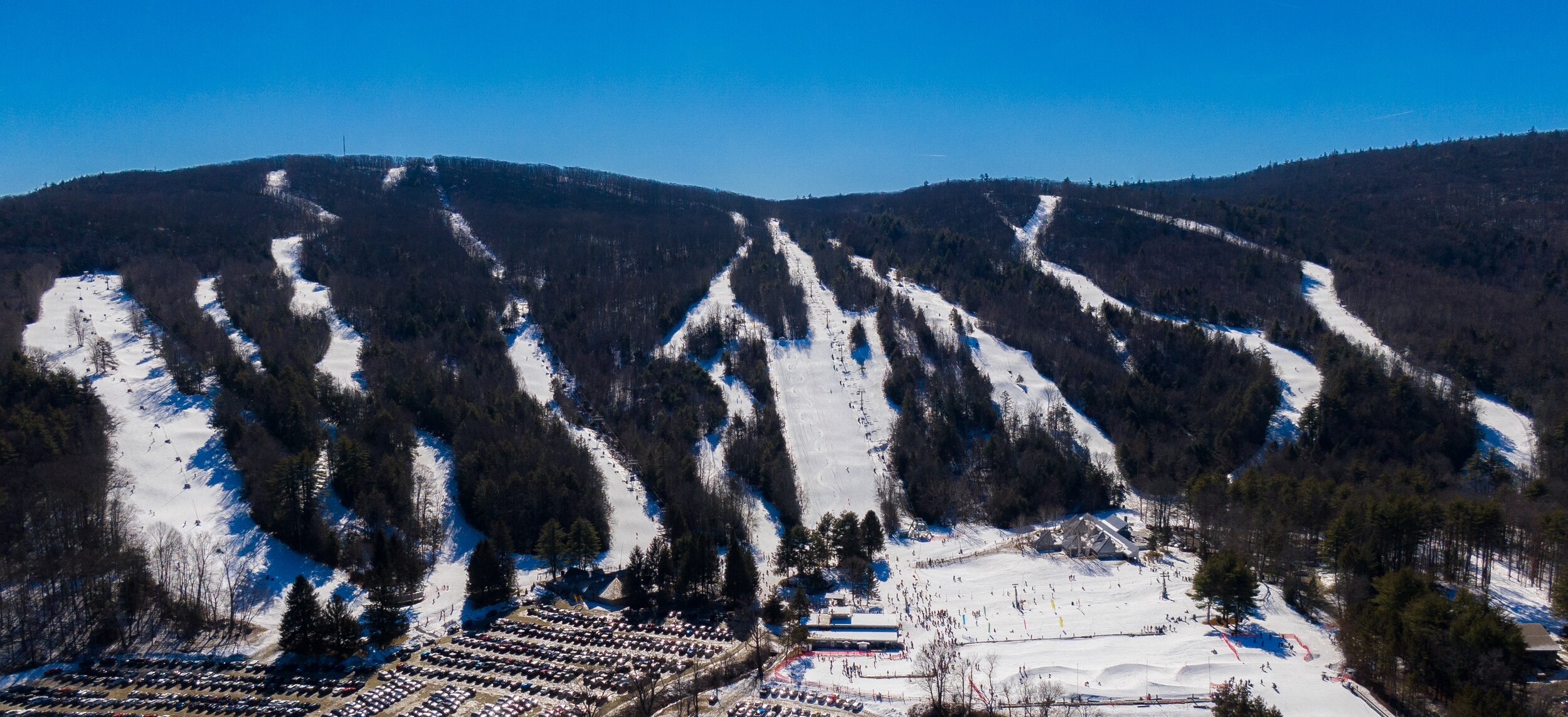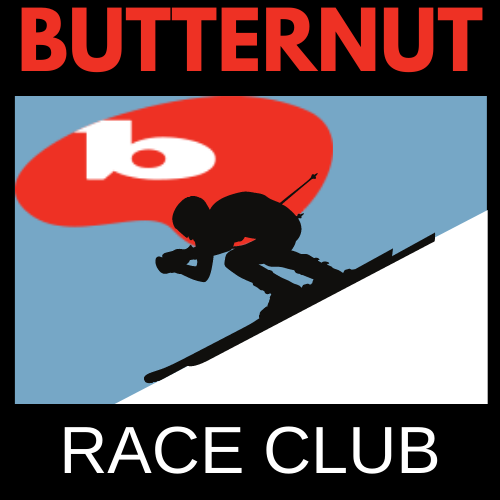
Butternut Race Club
Frequently Asked Questions
How Do I Become A USSA & Tri-State Member?
All racers must join two different associations in order to compete: USSS (United States Ski & Snowboard) and TSARA (Tri-State Alpine Ski Racing). Both applications and fees are processed by USSS in one transaction. Remember, the athlete must have their USSS member ID # in order to race and practice.
How do I sign-up for races?
All racers must register for each race through AdminSkiRacing. Remember to register early enough to ensure entry.
I’m new to racing. What should I wear?
Helmet - all racers must wear a hard-ear helmet
Goggles - may be purchased at the Butternut Store
Layers - dress in layers that can be added or removed as needed. Clothing made of moisture-wicking material (not cotton) is preferred and should be worn underneath jackets and snow pants. Outerwear should be waterproof and warm.
Socks - that are designed specifically for skiing and snowboarding are also highly recommended. Make sure that socks are not bunched up inside ski boots.
Gloves/Mittens - Warm, waterproof gloves or mittens
Neck Gaiter/Face Mask - this will keep your face warm and give some added protection from the elements
Face Mask - may be required for lift lines and to enter lodges; please see Ski Butternut’s Mountain Safety Policy for more information
What is the start order?
For the U14/U12 races, the starting orders are rotated by seed groupings to give all racers an equal opportunity to start early.
Interclub athletes start based on age group, gender, and order of registration with the youngest males going first.
How do Points work?
For the U16 and U19+ races, the start orders for each race are decided by the racer’s USSA points. This is a ranking system ranging from 0.00 to 990.00. A racer will start with 990.00 points. The points an athlete will receive for each individual race depends on the level of the racers completing the competitions as well as the athlete’s time for the race in comparison to the winner’s time. Subsequently, a racer’s two best results in the current season are averaged out in each of the four disciplines to become the basis for the future race rankings. These points are updated periodically.

